Dating back to 1730, Donnybrook House, a fine Georgian gem on prime lands 11km from Nenagh in Co Tipperary, was described in Lewis’s Topographical Dictionary of 1837 as “a handsome mansion, pleasantly situated”.
It was built on lands owned by the Poe family, since Thomas Poe, a lieutenant in Cromwell’s army received grants of land (estimated to be about 600 acres originally) under the Act of Settlement during the reign of Charles II.
It has had quite an interesting array of residents over the years, including Ellen Poe, a granddaughter of the original owner. She is immortalised in the book The Doctor’s Wife Is Dead, by Andrew Tierney, a Nenagh-born archaeologist and descendant of the Poe family.
In the gritty legal drama, Tierney relates the story that shook the core of genteel Victorian society, when Ellen Poe’s husband, a violent, philandering monster of a man, Dr Charles Langley, sent a letter to the local coroner requesting an inquest into her death. An issue arose, though, as Ellen was still alive when Langley requested the inquest.
READ MORE
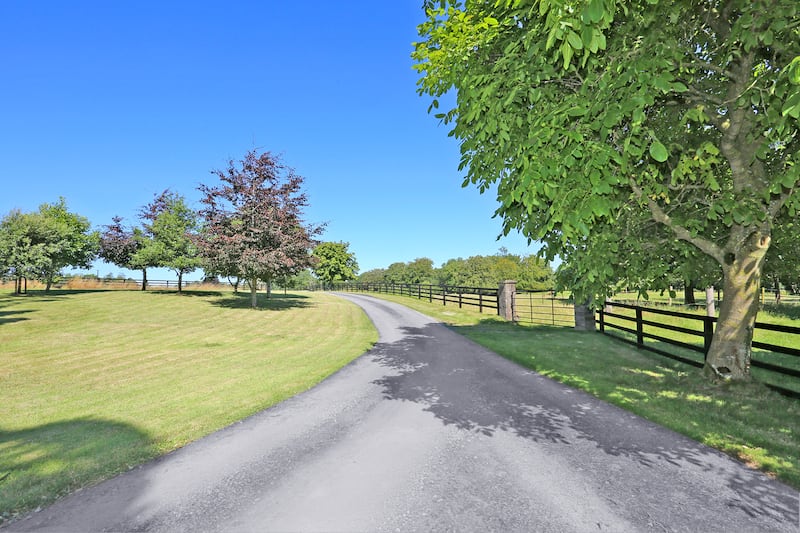
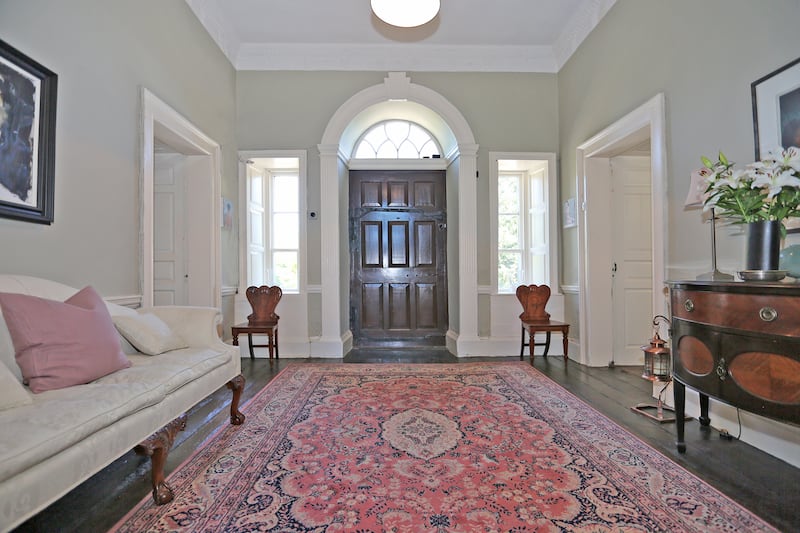
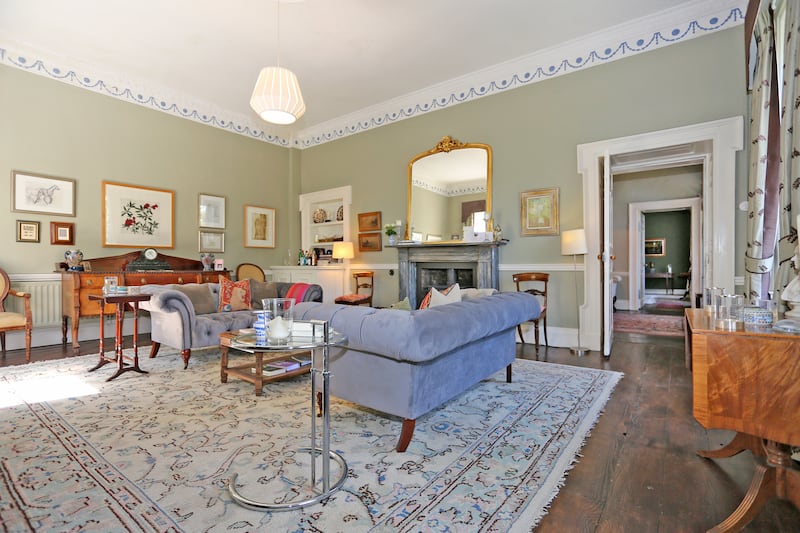
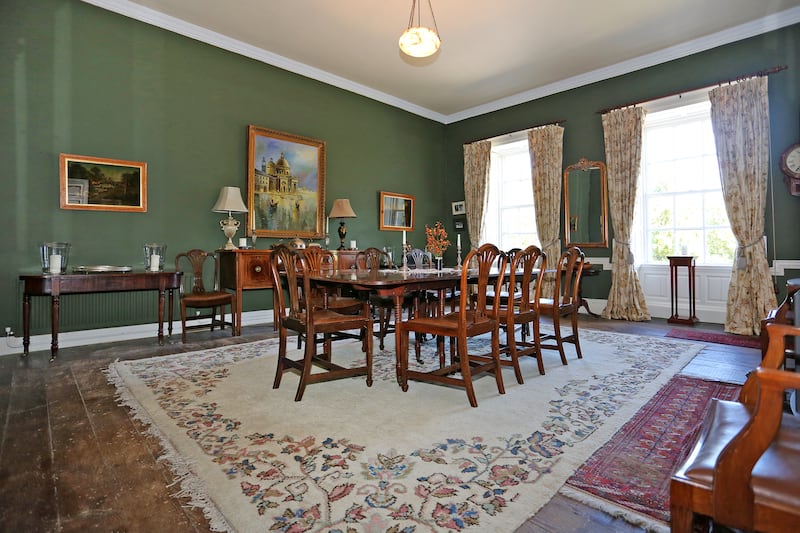
The townspeople were so incensed by her death – through neglect – that they formed a mob and stormed the doctor’s residence as she was carried out in a pauper’s coffin. She had spent the last two months of her life confined to a garret “as small as the black hole of Calcutta”.
After the Poe family, the Bayley household took up residence. One of the descendants of Rev H Bayley, who had fathered 23 children, was Helen Maria Bayley, who married the Irish mathematician William Rowan Hamilton.
He described her as being “not at all brilliant”, while a later woman of the Bayley family was the sole resident at Donnybrook House until her death. Legend has it her two black hounds watched over her body until it was discovered, and curiously two decorative canine heads now flank each side of the front door.
After this, the property was owned by Harry Howard, who penned his memoir And the Harvest is Done, giving a glimpse of life on the land in Tipperary.
It was eventually purchased by its current owners in 2019 for €400,000, according to the Property Price Register, and they undertook some modernisation and redecoration.
They replaced the open fires with stoves in the main reception rooms.
“For the first time, last Christmas we had to open the doors of the diningroom during dinner, and this has greatly added to the comfort of the house during winter,” says the owner, who is downsizing.
The house, which retains all its period features, is in a super location, at the end of half a kilometre of private driveway.
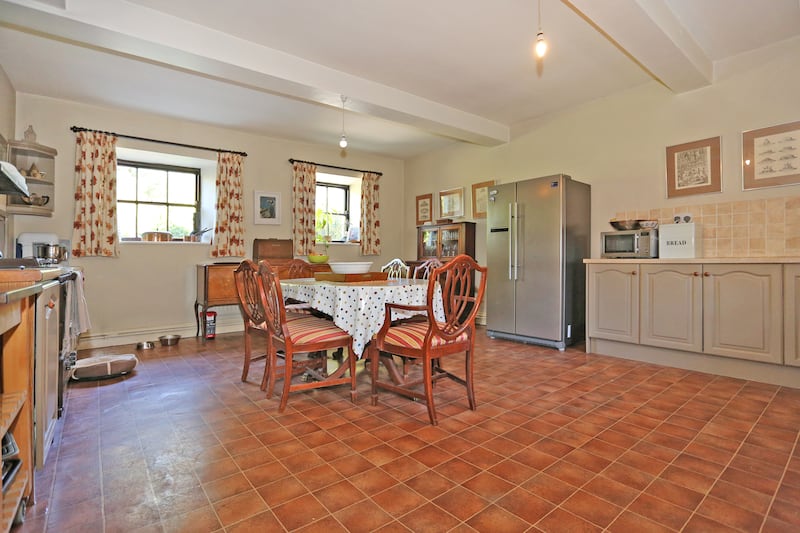
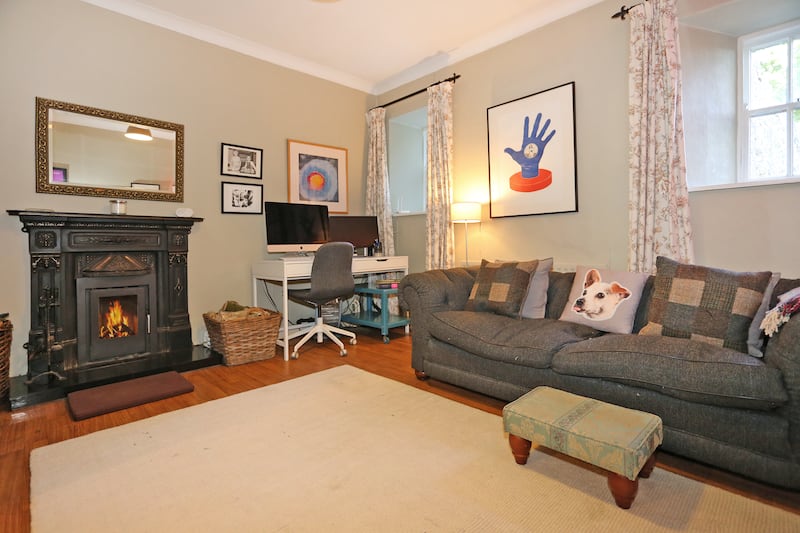
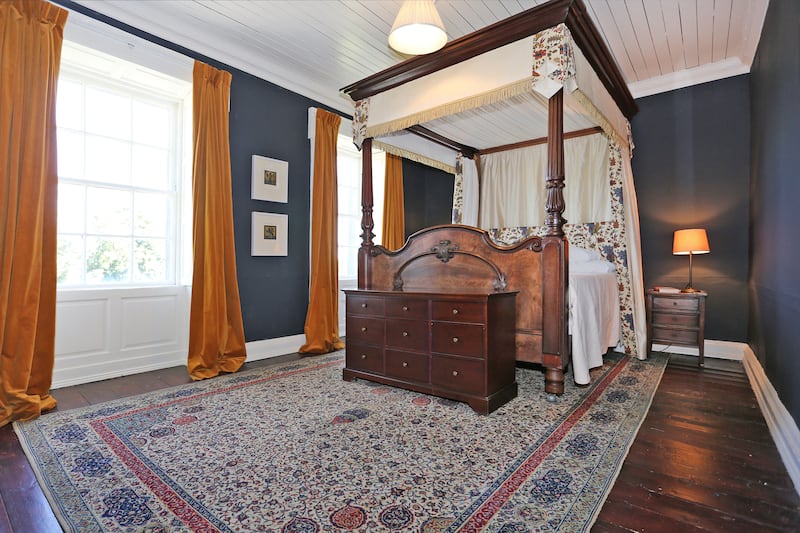
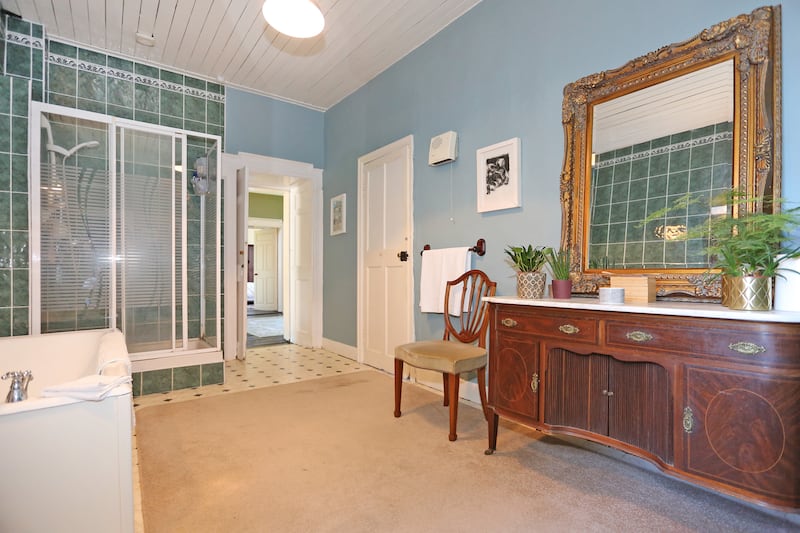
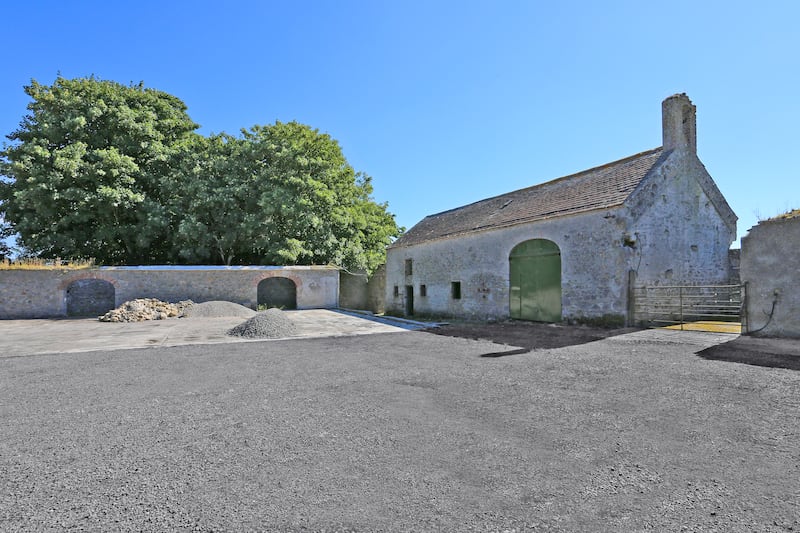
Set two storeys over a raised basement, the house has two bedrooms on an attic level with three further bedrooms on the first floor. The livingroom and kitchen lie in the basement, while two fine formal reception rooms lie at entrance level inside a flight of granite steps, where the two canine heads still survey the land.
“There is a lovely bog walk at the bottom of the drive where we walked our 5km every day,” says the owner, referring back to the times of Covid restrictions.
The 4.45 hectares (11 acres) of ground are teeming with wildlife including “a fox who patrols”, hares, rabbits, Eurasian kestrels and some buzzards, who survey their territory from an old oak tree that was struck by lightning.
“One afternoon a pine marten peered in the kitchen window and got as big a surprise as we did,” the owner recalls. “We think we also have barn owls, as we have found some of their pellets.”
Speaking of barns, to the rear of the house is a lovely courtyard, which has the possibility of conversion into two cottages. In addition, there is a walled garden which the family have cleared.
In its heyday “servants tended an extensive walled garden richly ornamented with formal parterres, providing fruit and vegetables for the kitchen, and a pleasant retreat for quiet walks and solitary retirement,” according to Tierney’s novel.
While new owners will more than likely want to upgrade the electrics, the heating and the windows at some point, it is still a very smart Georgian home on lovely grounds. It is Ber-exempt and is now on the market through Sherry FitzGerald Talbot seeking €650,000.














